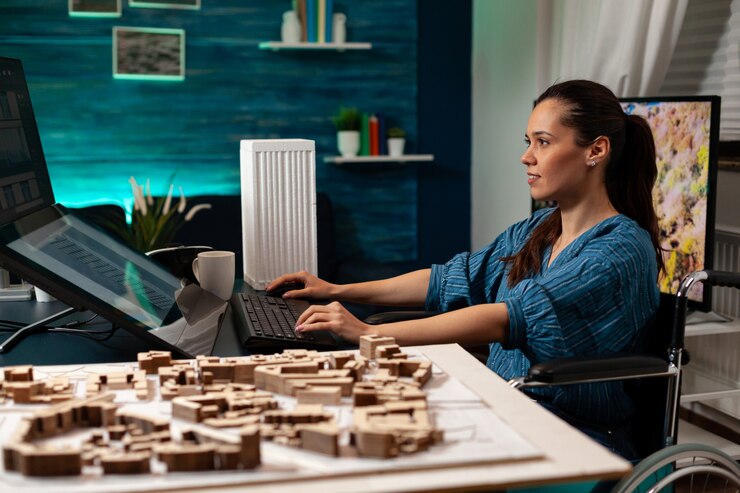In the age of digital dependency, having control over your data and services is more important than ever. A DIY home server is an excellent way to store files, host websites, stream media, and even run your own cloud services—all from the comfort of your home. Whether you’re a tech enthusiast or just someone looking for a reliable personal storage solution, setting up a home server can be a rewarding and cost-effective project.
Why Build a Home Server?
A home server offers numerous advantages, including:
- Data Privacy: Keep your files and sensitive information secure without relying on third-party cloud services.
- Cost Efficiency: Avoid costly subscription fees for cloud storage and streaming services.
- Customizability: Install and run only the applications and services you need.
- Self-Hosting: Run your own website, email server, or VPN.
- Learning Experience: Gain valuable knowledge about networking, hardware, and system administration.
Choosing the Right Hardware
Your home server can be built using different hardware options:
- Old PC or Laptop – Repurpose an old computer with decent specs.
- Raspberry Pi – A budget-friendly and energy-efficient option for lightweight tasks.
- Dedicated Server Hardware – If you need high performance, consider using a refurbished server or a NAS (Network Attached Storage) device.
- Custom Build – For power users, building a server with high-end components is the best approach.
Selecting the Operating System
Choosing the right OS depends on your needs:
- Ubuntu Server – A user-friendly Linux-based option, great for beginners.
- Windows Server – Offers enterprise-level features but requires a license.
- FreeNAS or TrueNAS – Ideal for file storage and backup solutions.
- Docker-based OS (like Unraid) – Perfect for running multiple applications efficiently.
Setting Up Your Home Server
- Install the OS – Download and install your preferred server OS on the hardware.
- Set Up Remote Access – Enable SSH (Linux) or Remote Desktop (Windows) for easy access.
- Configure Storage – Use RAID (Redundant Array of Independent Disks) for data redundancy.
- Install Essential Services:
- File Server (Nextcloud, Samba, or FTP) for cloud storage.
- Media Server (Plex, Jellyfin, or Emby) for streaming movies and music.
- Web Server (Apache or Nginx) for hosting personal websites.
- Game Server for running multiplayer games at home.
- Secure Your Server – Set up a firewall, enable encryption, and regularly update software.
Home Server Maintenance & Security
- Regular Backups – Use external drives or cloud backups for critical files.
- Keep Software Updated – Apply security patches to avoid vulnerabilities.
- Monitor Performance – Use monitoring tools like Grafana or Netdata.
- Limit Network Exposure – Avoid exposing unnecessary ports to the internet.
Final Thoughts
Building a DIY home server is an exciting way to take control of your digital life while learning valuable IT skills. Whether you use it for file storage, hosting, or media streaming, having your own server provides privacy, flexibility, and independence from third-party services. With the right setup and security measures, your home server can serve as a powerful and cost-effective solution tailored to your needs.



